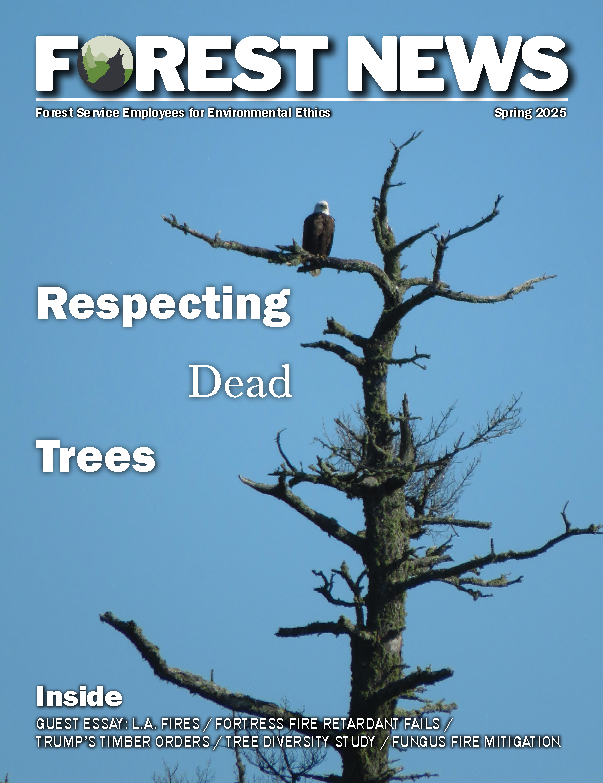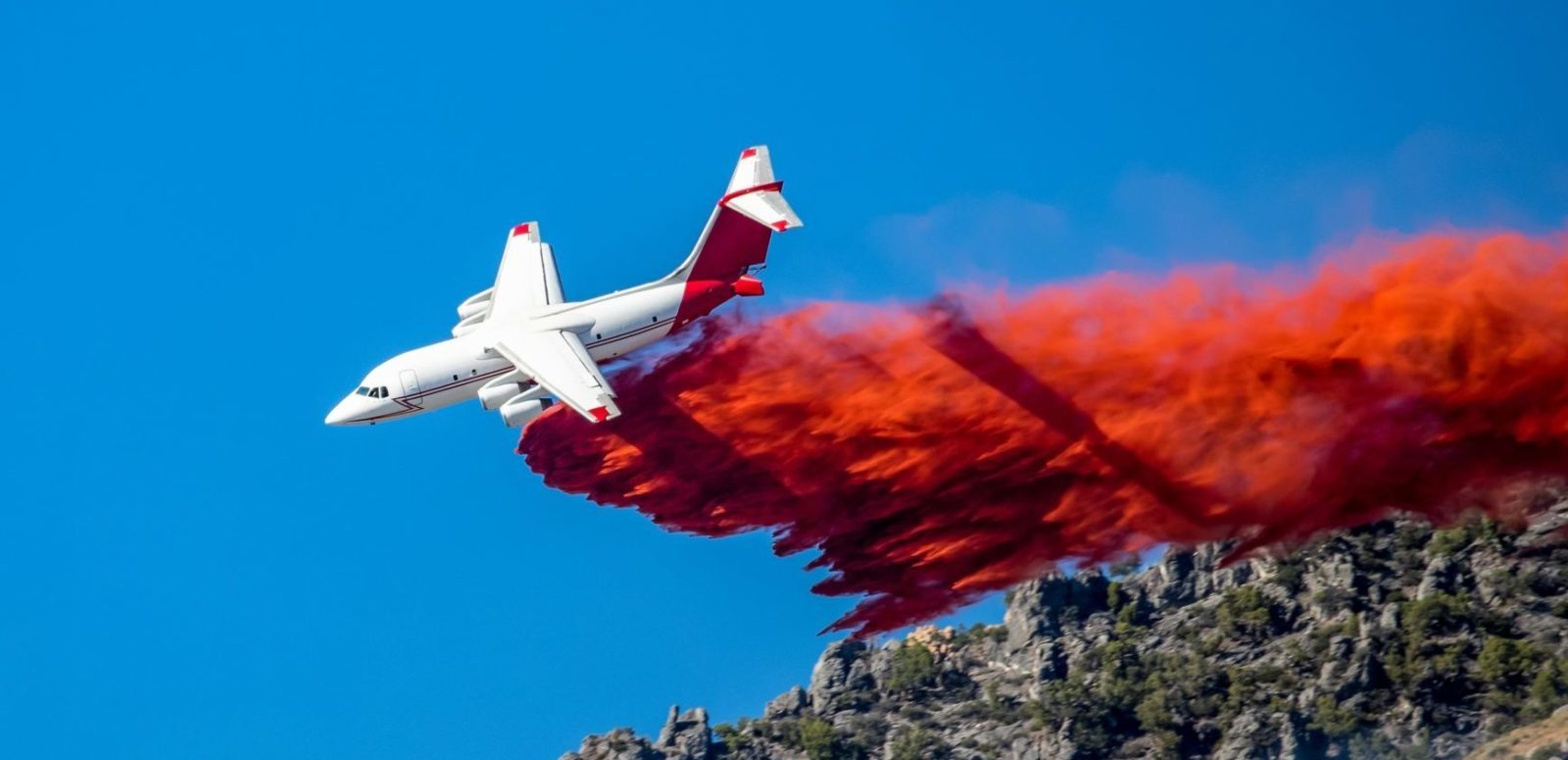
by FSEEE | May 19, 2025 | FSEEE in the News
Jordan Hansen, writing for The Daily Montanan, was the first to report on FSEEE’s latest aerial fire retardant lawsuit. Hansen acknowledges the USC study that provides the scientific basis for he lawsuit. “A study by the University of Southern California...
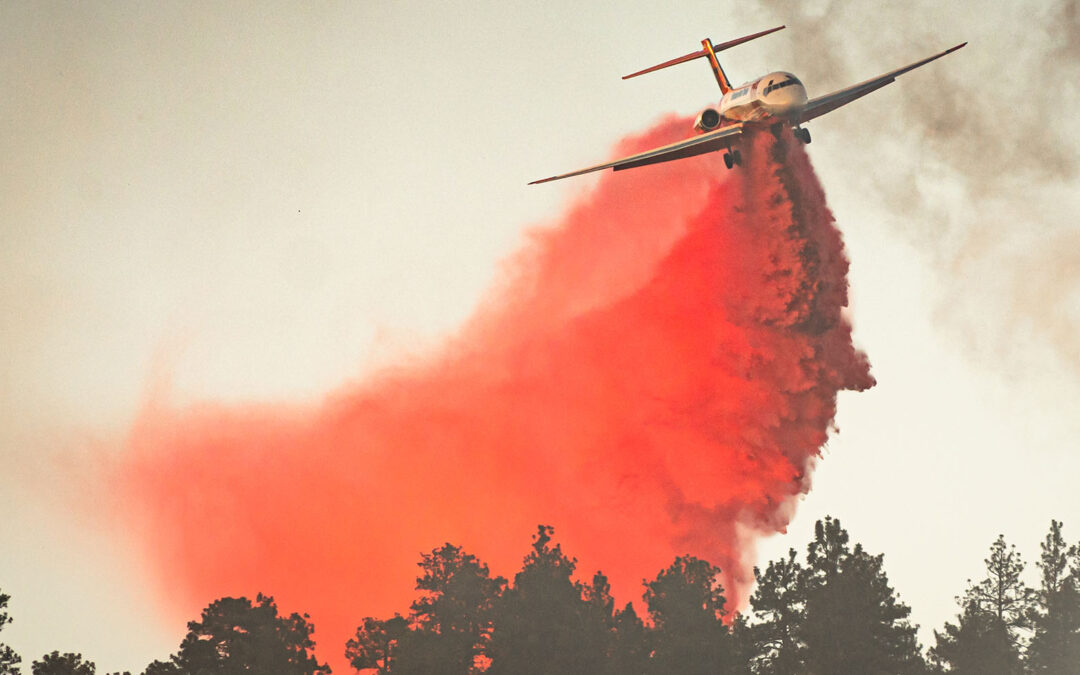
by FSEEE | May 11, 2025 | Briefly, Fire Truth
Forest Service Employees for Environmental Ethics filed another federal lawsuit against the U.S. Forest Service over the agency’s use of aerial fire retardant on May 7. In this latest complaint, FSEEE alleges that the Forest Service’s use of fire retardant...
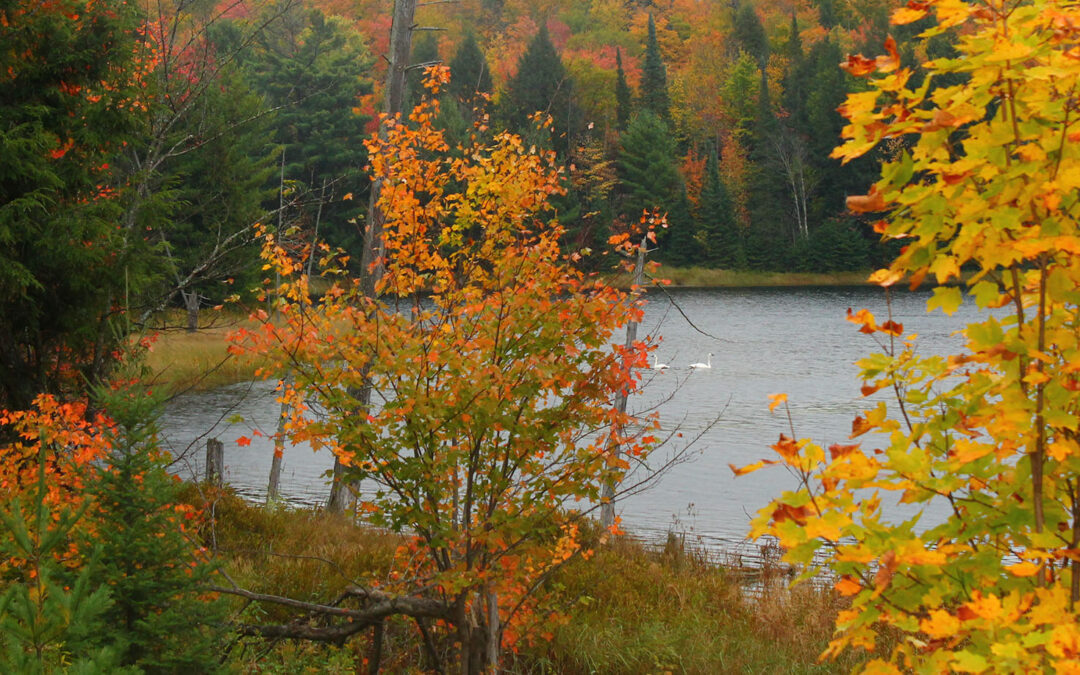
by FSEEE | Apr 30, 2025 | Briefly
Various studies have shown that forests act as a buffer to climate extremes, creating micro-climates that support forest resilience and biodiversity. The authors of a new study, “Tree Diversity Increases Forest Temperature Buffering via Enhancing Canopy Density and...
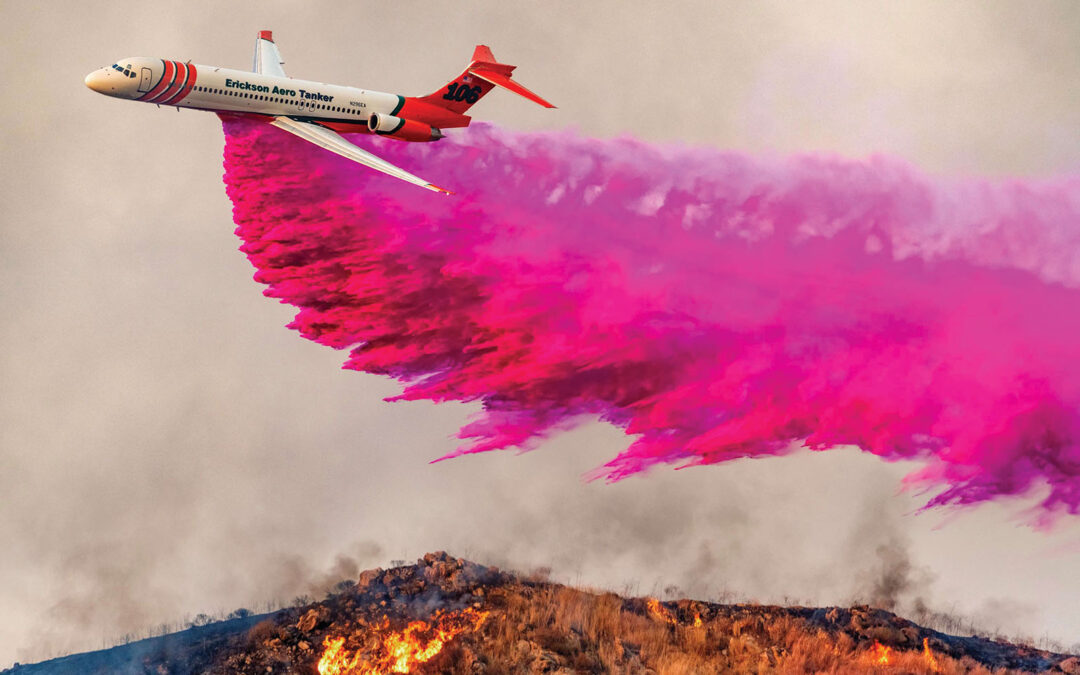
by FSEEE | Apr 23, 2025 | Briefly
In a statement to investors, Compass Minerals announced that it “has decided to wind down its fire retardant business, Fortress North America,” as “part of a larger strategic refocus to improve the profitability of the company’s core Salt and Plant Nutrition...
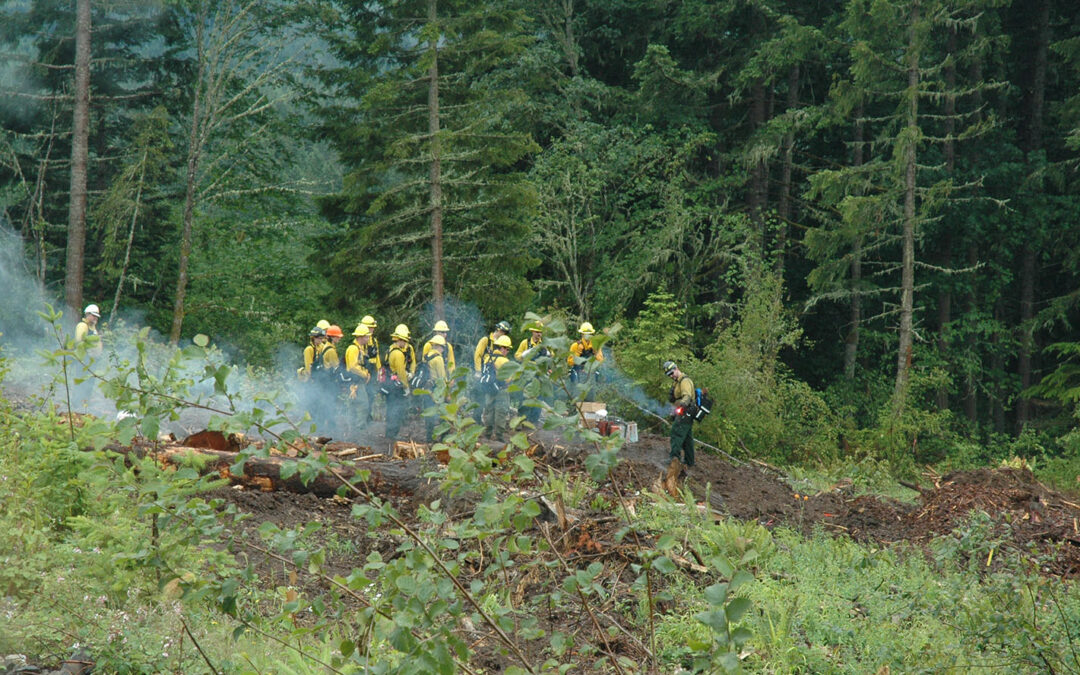
by FSEEE | Apr 18, 2025 | Briefly
The extralegal firing of Forest Service employees by Elon Musk’s “Department of Government Efficiency” will undermine the agency’s firefighting capabilities. Musk’s pseudo-agency claimed that firefighters were exempt from the purge, but as reported by Kylie Mohr in...
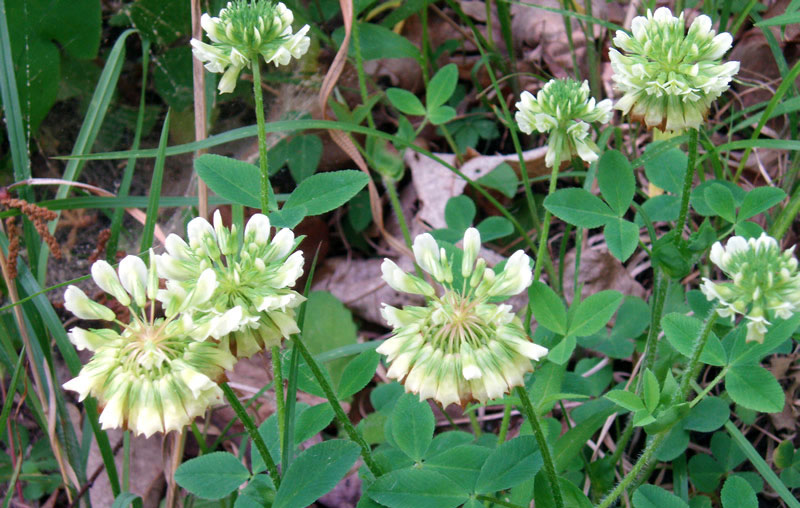
by FSEEE | Apr 2, 2025 | Briefly
Buffalo clover (Trifolium reflexum) is listed as endangered by the State of Indiana, but this rare plant was discovered on the Hoosier National Forest following a prescribed burn. This patch of buffalo clover lives in an open canopy of dry oak forest adjacent to a...
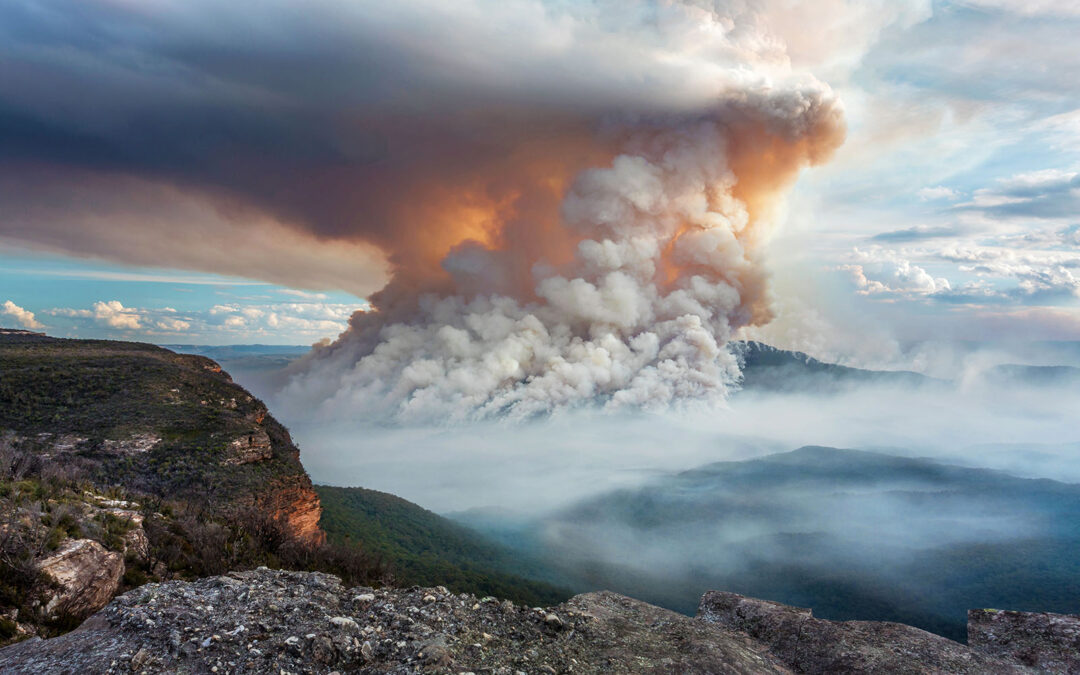
by FSEEE | Mar 25, 2025 | Dispatch
Five years ago, the Black Summer Bushfires burned more than 60 million acres in Australia. Between June 2019 and May 2020, hundreds of fires burned, mainly in southeastern Australia. Like the recent fires in Los Angeles, Australian bushfires are driven by high winds....

by FSEEE | Mar 8, 2025 | Briefly
Released in October 2024, the World Wildlife Federation’s (WWF’s) latest Living Planet Report cites a “catastrophic 73% decline in the average size of monitored wildlife populations” from 1970 to 2020.” The Zoological Society of London maintains the Living Planet...
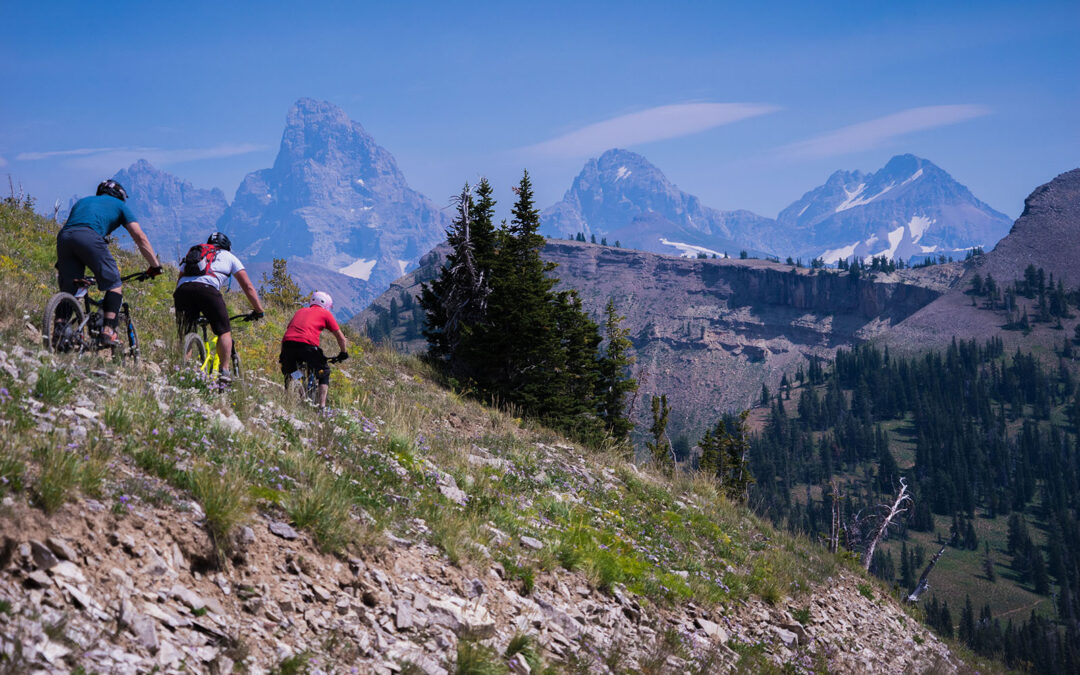
by FSEEE | Feb 28, 2025 | Briefly
On Jan. 6, President Biden signed into law the “Expanding Public Lands Outdoor Recreation Experiences Act” (H.R. 6492). With bipartisan sponsorship, the new legislation passed the House by voice vote in April. In December, the bill passed the Senate by unanimous...
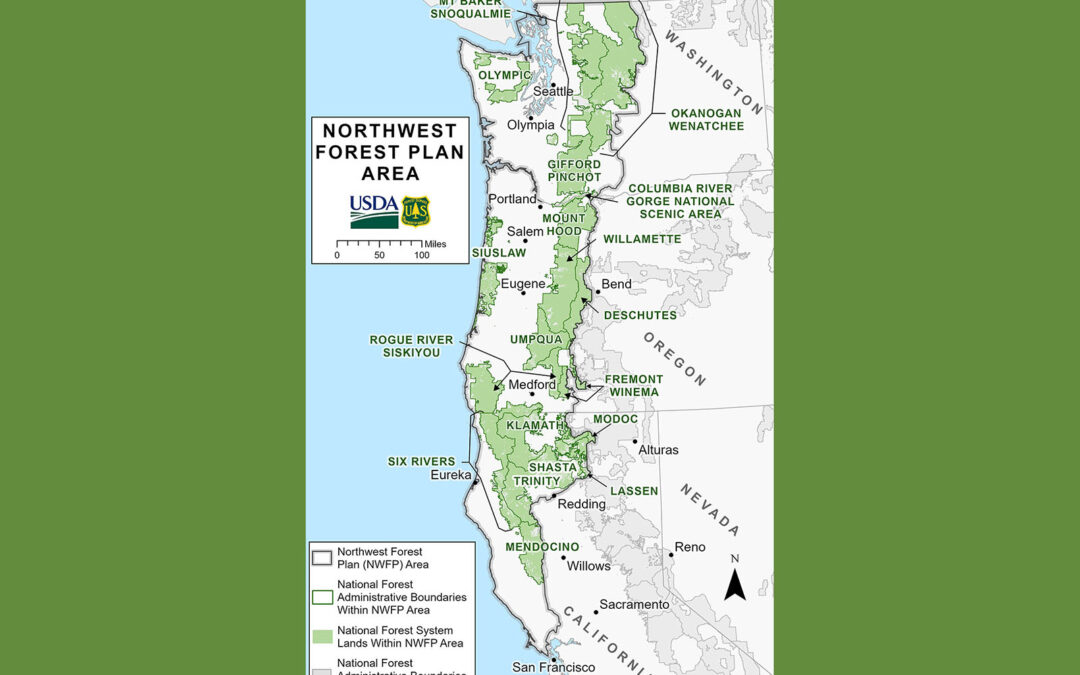
by FSEEE | Feb 20, 2025 | Dispatch
The Northwest Forest Plan (NWFP), adopted in 1994 during Bill Clinton’s administration, covers 24.5 million acres in Washington, Oregon, and northern California. The NWFP was created in response to logging practices that decimated old-growth forests, created expansive...












